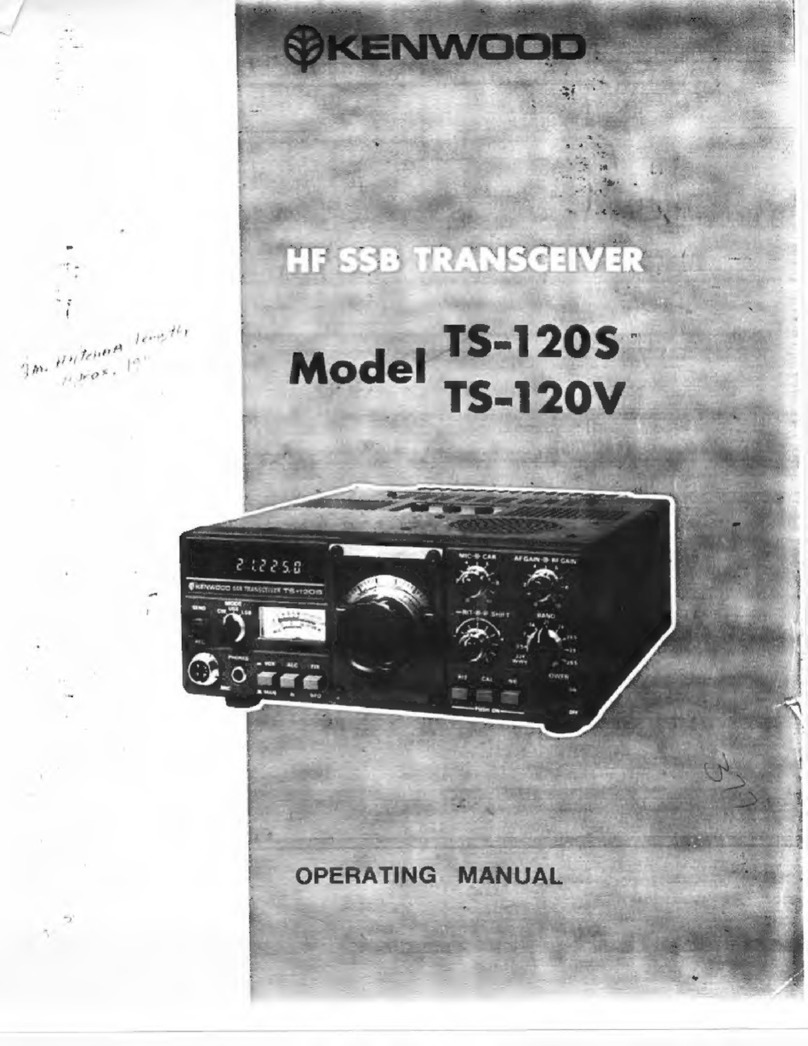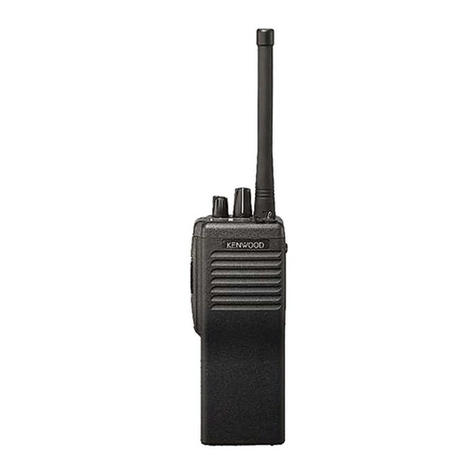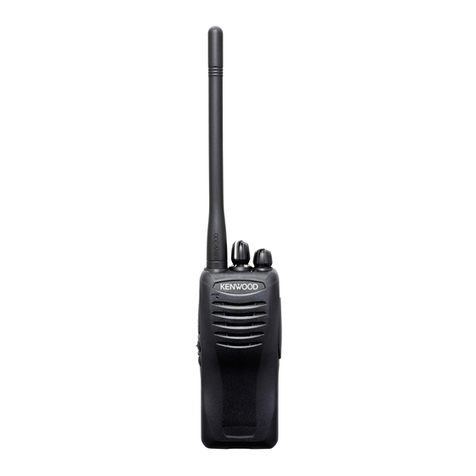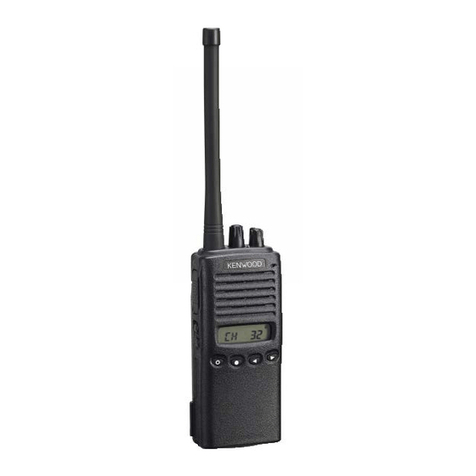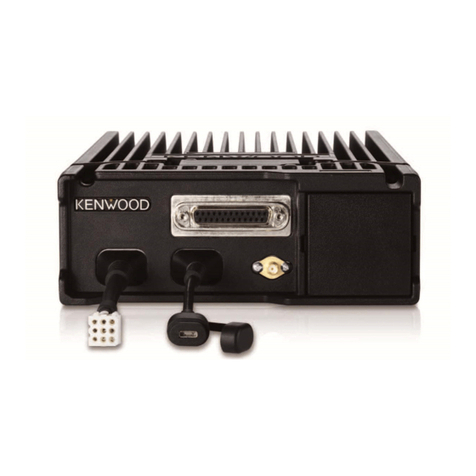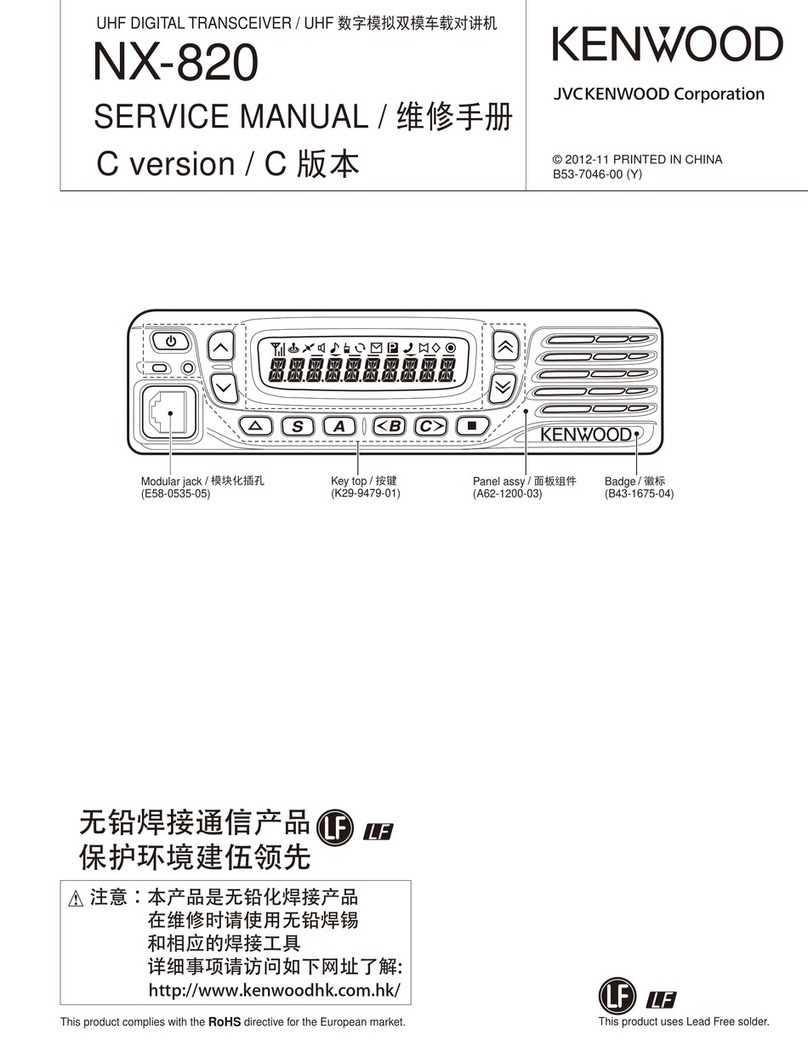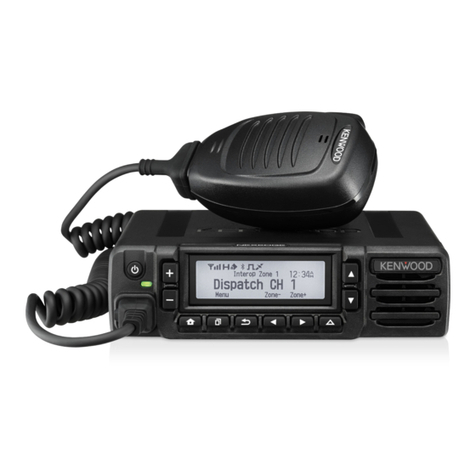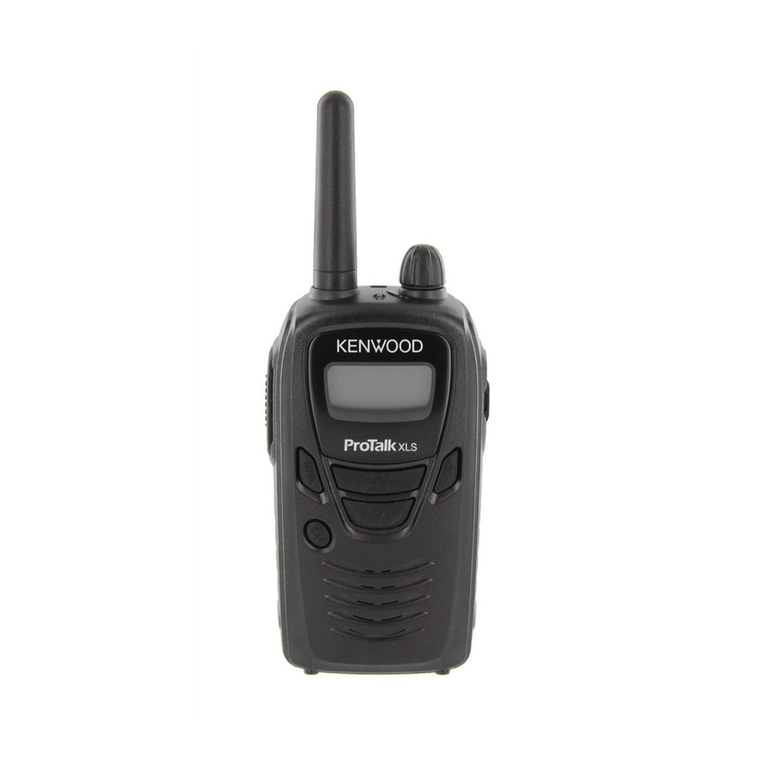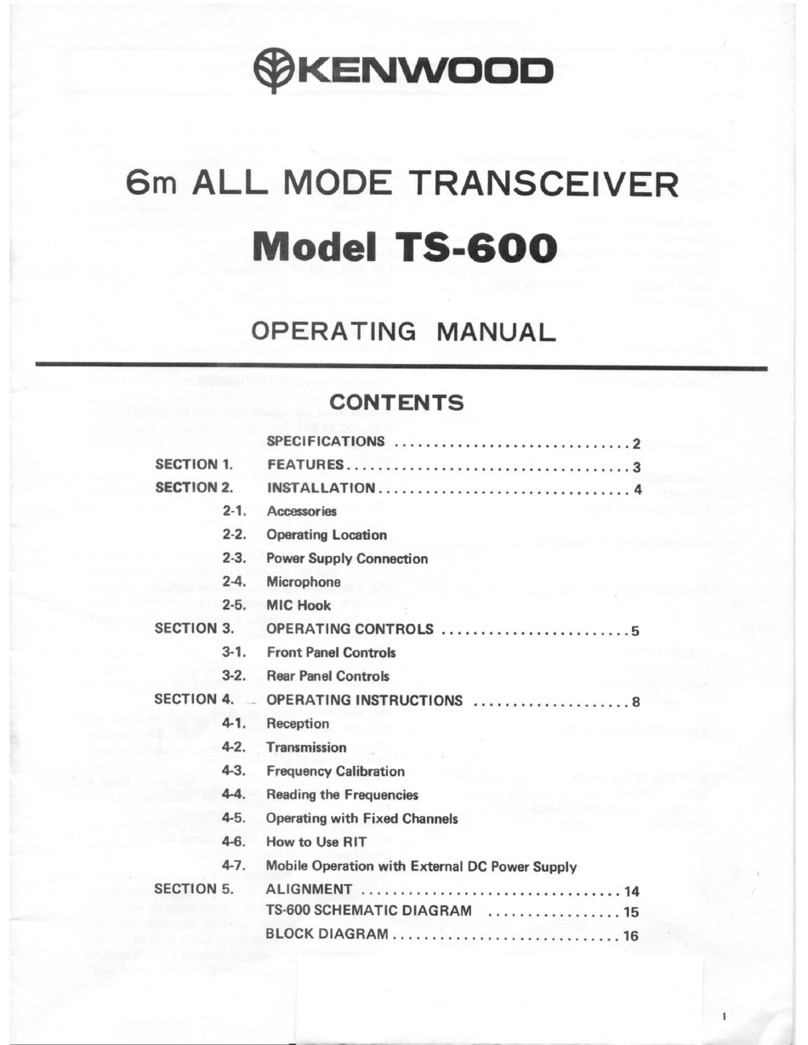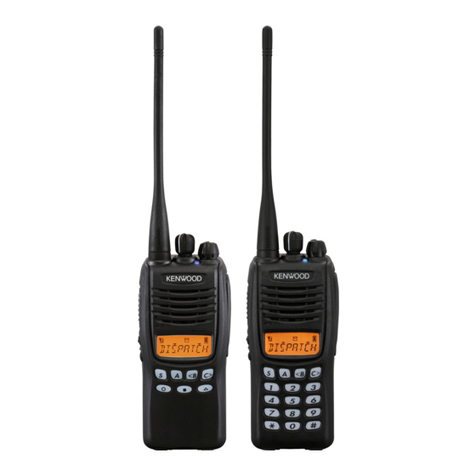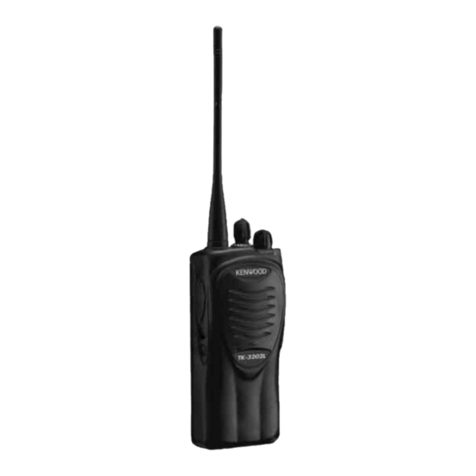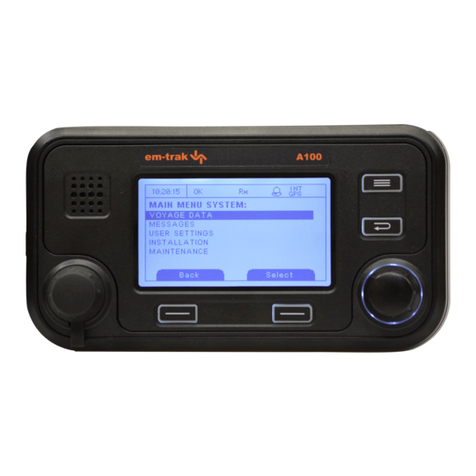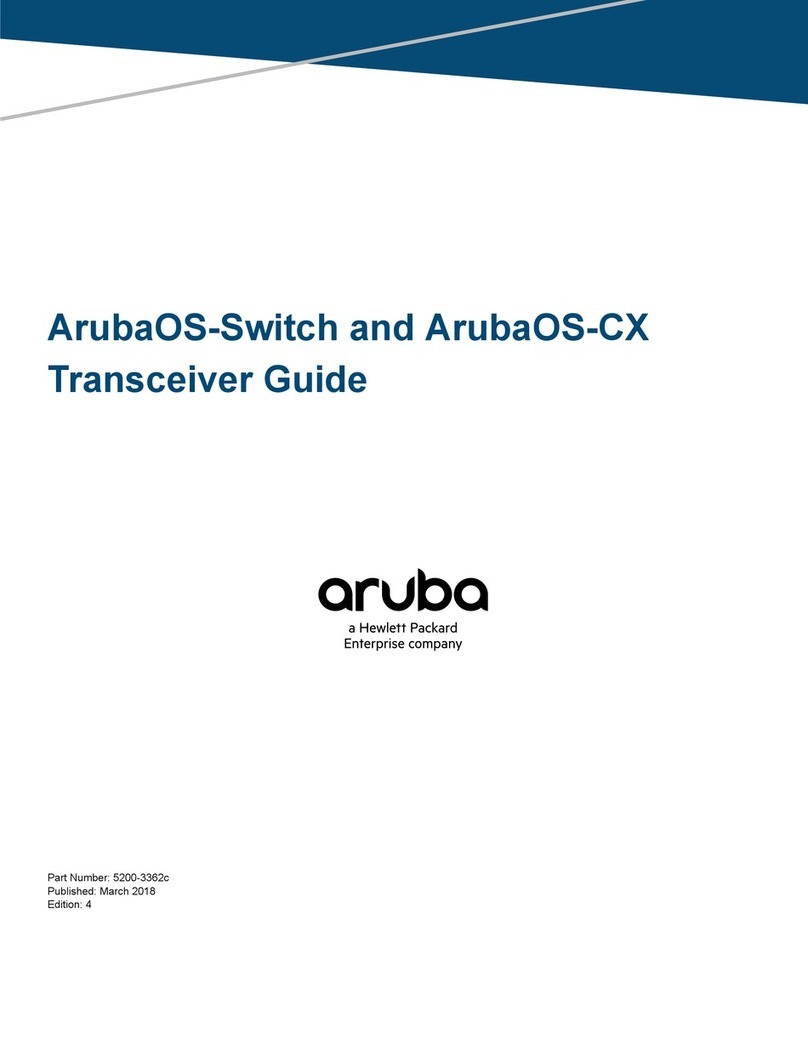4
7.5.2 Slow power drop-off: Answer 2 .................................................................................17
7.5.3 Slow power drop-off: Answer 3 .................................................................................17
7.5.4 Slow power drop-off: Answer 4 .................................................................................18
7.6 Low power output.......................................................................................................18
7.6.1 Low power output: Answer 1 .....................................................................................18
7.6.2 Low power output: Answer 2 .....................................................................................18
7.6.3 Low power output: Answer 3 .....................................................................................18
7.7 Intermittend drop of power output .............................................................................19
7.8 Problem peaking Drive control ..................................................................................19
7.9 Intermittent loss of drive to final ................................................................................19
7.10 No dip on the plate current and no or small output ....................................................20
7.11 Reducing power output to QRP-like levels, No.1 ......................................................20
7.12 Reducing power output to QRP-like levels, No.2 ......................................................20
7.13 Increasing power output / QRO-modification, No.1 ..................................................21
7.14 Increasing power output / QRO-modification, No.2 ..................................................21
7.15 Intermittent loss of audio............................................................................................22
7.16 Final tubes replacement and neutralization ................................................................22
7.17 Low power output on 160 m only ..............................................................................22
7.18 Crystals for FIX band selection..................................................................................23
7.19 Changed DRIVE setting after final tubes replacement is normal ..............................23
7.20 Difference between TS-830 and TS-830 "gold label"................................................23
7.21 Microphone impedance matching ..............................................................................23
7.22 Problem with TS-830 TX relay ..................................................................................24
7.23 No operation on WARC bands...................................................................................24
7.24 Receiver signal attenuation when keying the microphone or rocking the bandswitch
....................................................................................................................................25
7.25 VOX trip problem.......................................................................................................25
8Maintenance Procedures..........................................................................................25
8.1 VFO Lubrication ........................................................................................................25
8.2 Fan Lubrication ..........................................................................................................26
8.3 VBT [Variable {selectivity} Bandwidth Tuning] Oscillator Alignment [approx.
8375 KHz] ..................................................................................................................26
8.4 USB/LSB Carrier Oscillator Alignment.....................................................................27
9Modifications.............................................................................................................27
9.1 AMTOR modification ................................................................................................27
9.2 WARC modification...................................................................................................28
9.3 RIT / XIT modifications.............................................................................................28
9.4 VFO-230 fine tune mod..............................................................................................28
9.5 TS-830S Low Voltage Supply Optional Improvements ............................................28
9.6 Kenwood TS-830 filter modification .........................................................................29
9.7 TS-830S Operation on 240 V AC ..............................................................................30
9.8 TS-830S Noise Blanker Optional Improvements.......................................................30
10 Product Reviews .......................................................................................................31


